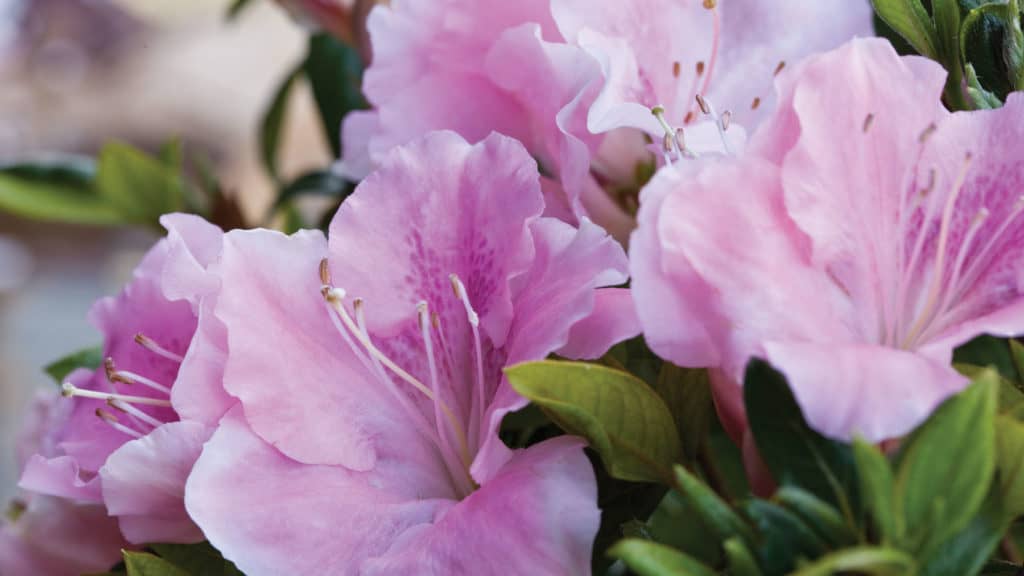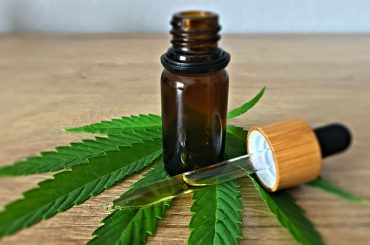Table of Contents
Azalea is an aesthetically pleasing beautiful scenic shrub belonging to the family of Ericaceae that blooms around the spring, leaving people amazed by its serenity. It is believed to bring luck and prosperity to the house where it is grown. This plant is widely grown in several regions around the world, including the Asian regions of China and Japan. India, as well as Europe and attracts positivity to the place where it is grown.
They also have the capacity to enhance the air quality, which makes them highly desirable species. One more distinguishable feature of these plants is that the different colours of the flowers of these shrubs convey different meanings.
For example, the white flowers signify purity; red signifies passion, and purple signifies loyalty.
Reasons Your Azalea Leaves Turning Yellow
As plant owners, it is our responsibility to make sure that our plant receives the right kind of care, such as ample sunlight, water, nutrients and air, so that it grows up to become a healthy plant. We need to adopt proper practices and precautions which help in the prevention of diseases. Azaleas are prone to get infected with a variety of insects, including lace bugs and dieback stems, so they need timely supervision.
One should always be attentive to the signs and symptoms that indicate that theplant might be suffering from a disease. One such symptom is azalea leaves turning brown.
If we do not take seriously the phenomenon of the Azalea leaves turning brown, then this can worsen the condition of the plant, which might even lead to its death.
Below are the main reasons why are the Azalea leaves turning brown:
1. Water Scarcity
Water is a very important component required for the survival of every living species in the world, including plants.
If the plants are not given enough water, they can’t survive. The Azalea leaves turning brown is an indication that the poor shrub is receiving insufficient water. So make sure that you water your plant regularly, or else it will die.
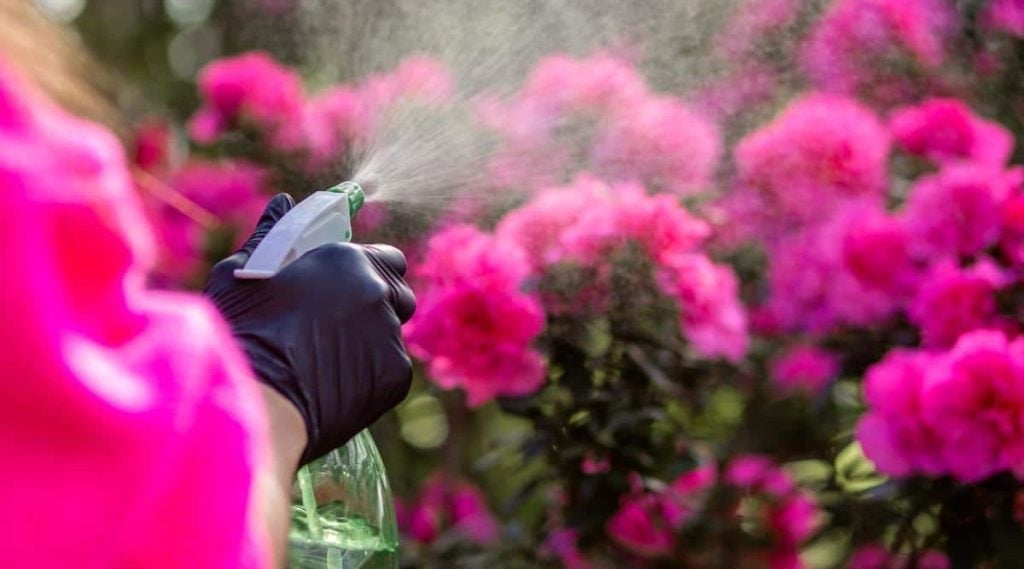
If you are watering your plant regularly, still the shrub is dealing with water scarcity, then the reason for this might be that the water escaping from the roots of Azalea does not penetrate into the soil too deep.
To prevent this, you should keep the soil moist. This will prevent the water from escaping from the roots, thus preventing the azalea leaves from turning brown.
2. Irregular Pruning
Pruning is essential to remove the dead and diseased parts of the plant. If the plant is not pruned timely, then the unhealthy parts of the plant tend to infect the healthier ones, and as a result, we observe Azalea leaves turning brown.
Apart from regular pruning, another factor that requires equal attention is the time in which the plant is trimmed. Every plant has its own pruning season.
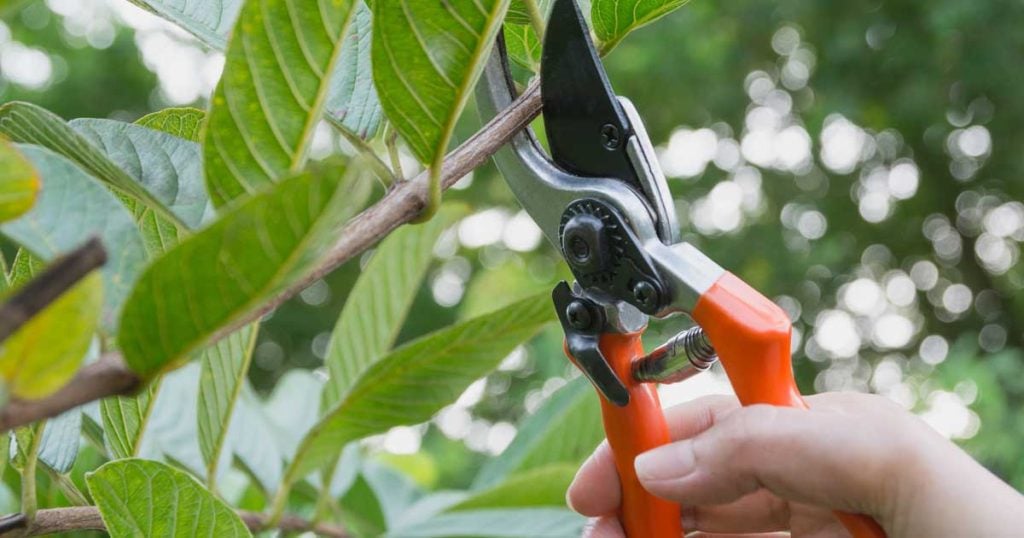
The most favourable time for the pruning of azaleas is during the spring season when new flowers and buds shoot.
If azaleas are trimmed in the summer season, then the water from the shrubs can escape causing the leaves to turn brown.
3. Excessive Sunlight Exposure
Though sunlight is required for the proper growth of the plant, excessive exposure to sunlight is harmful to the plants as it can leave the plant burnt, causing solarization of the plant.
Azalea leaves turning brown sometimes can be an indication that we need to have a look at the amount of sunlight it is receiving or that we need to change the location of the plant before it completely dries up.
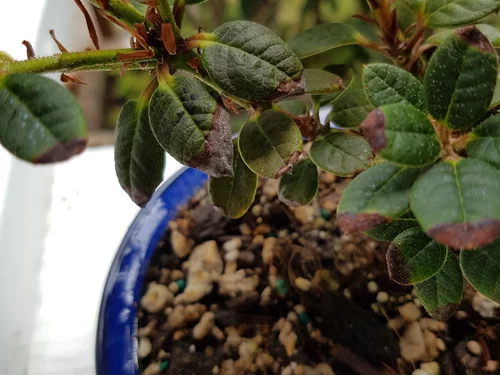
Like many other plants, Azalea tends to grow and survive better if not exposed to direct sunlight because this also prevents the moisture from escaping.
Hence, it is advisable to grow these plants in a shady area where they receive only the required amount of sunlight.
4. Pest Infestation
A pest infestation can be another underlying reason for the Azalea leaves turning brown. Azaleas are tender plants which are a common target for many pests.
If proper pesticides and insecticides are not sprayed regularly, then these plants will surely become a victim of pest infestation.
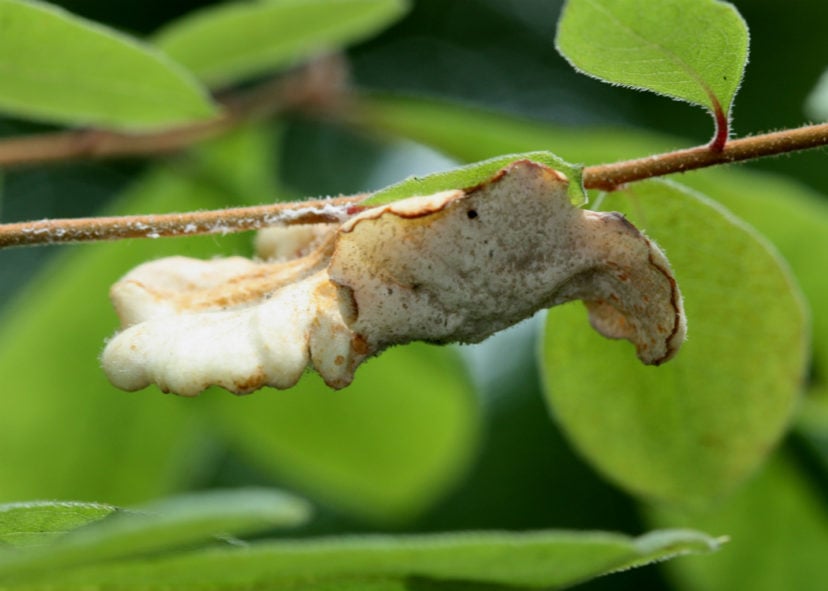
The most dangerous of all insects and pests is the lace bug. This is because these bugs not only infest azalea leaves but also can lay eggs on the leaves.
When you find light brown leaves in the azalea leaves during the summer season, have a thorough inspection of the plant and identify the leaves which have been infected by lace bugs.
5. Dieback of Branches
Caused due to the fungi, dieback is another reason which causes the discolouration of leaves. It is a very severe disease that kills the plant and spreads fast from one plant to another.
Identification and removal of dieback as soon as possible is very important for the survival of the plants.
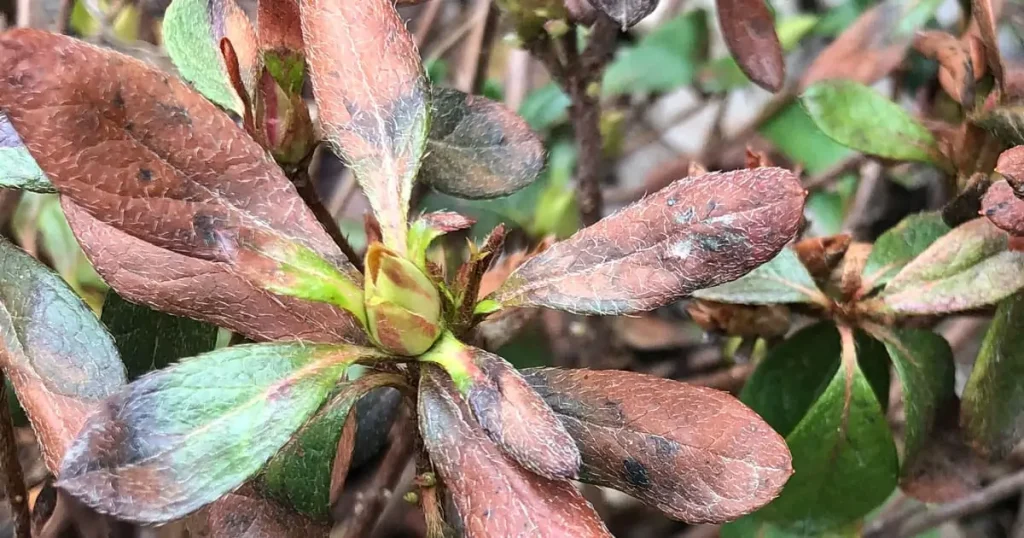
If you observe that the azalea leaves are turning brown due to the branch dieback, then isolate the plant from the other plants because there is no treatment for dieback.
The prime reason azalea shrubs contract dieback is that they are not provided with enough moisture.
6. Wind Exposure
Azaleas are wind-sensitive plants. When they are exposed to excessive winds, they tend to lose their moisture, and as a result, their leaves start turning brown.
This phenomenon is mostly experienced in the winter season when the winds are dry, and they try to absorb the moisture from the plant, leaving it dry.
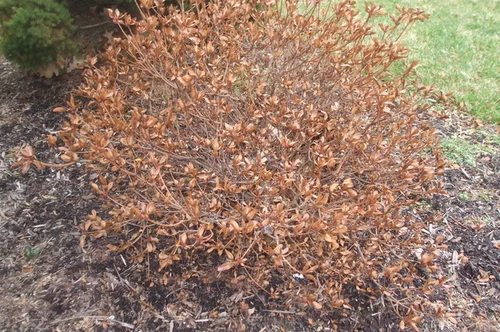
Apart from azalea leaves turning brown, splitting of the bark is another symptom which points out that the plant needs to be relocated.
Another way to keep the plant safe is by keeping the roots of the plant moist so that it can survive through the season.
7. Pesticides Overfeeding
Pesticides are important to keep pests and insects away from the plant. But an overdose is hazardous to the plants. The overdosage is detrimental as it can lead to toxicity due to excess of one nutrient and deficiency of the other.
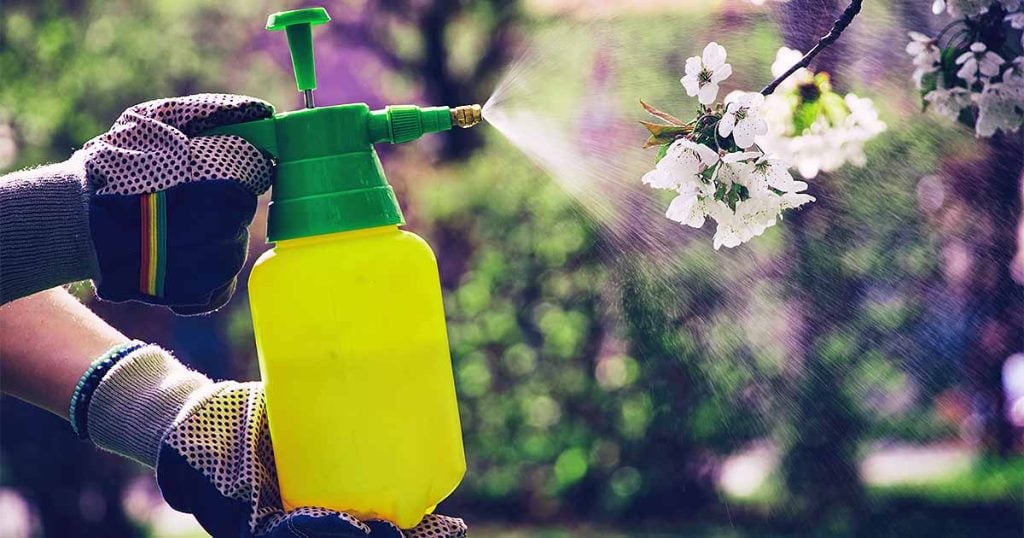
Hence keep a check on the amount of pesticides you spray to prevent your plants from dying. If you observe the leaves turning brown, then control the amount of pesticides.
Alternatives such as insecticidal soaps can be used as they also serve the same purpose and have no significant side effects. Use sprayers to spray pesticides or fungicides in a limited amount.
How to Prevent Alazea Leaves from Turning Brown
It is our responsibility to look after the plant’s well-being to save it from any damage. We should take precautions as well as preventive measures to make certain that the plant remains healthy and continues to bloom for years.
Following are a few precautions that can be taken to prevent any damage to the plant:
1. Spray pesticides and insecticides regularly. This will inhibit the growth of insects that feed on the plant. Insecticidal soaps can also be helpful.
2. Mulching. It is an effective way to keep the soil hydrated and the azaleas alive. The soil surrounding the azaleas can be layered with 1-3 inches of mulch to prevent the escape of moisture.
3.Water regularly. Watering the plant regularly will ensure that it remains healthy throughout its lifetime. However, do not submerge the plant, as it will cause its roots to rot.
4. Remove any dead and diseased parts of the plant. The dead parts of the plant have the potential to spread the infection to the healthy parts; hence it is best to remove these parts whenever you see them.
5. Use a sharp pair of scissors or trimmers for pruning. Using blunt trimmers or scissors will not allow for the effective removal of unwanted parts of the plants.
6. Do not forget to wear protective equipment like gloves while spraying pesticides and fungicides and while pruning to protect yourself from getting injured while gardening.
Conclusion
All in all, one of the world’s most popular ornamental plants, the Azalea, is a low-maintenance tree. But it is also a sensitive shrub, so whenever you notice any unusual symptoms, don’t overlook it, especially the Azalea leaves turning brown. There might be a single reason or a combination of more than one that requires immediate treatment. First, identify the exact reason behind the brown leaves and then administer the appropriate treatment.
Don’t delay, as any minute negligence can have a serious impact on the plant. Don’t forget to take the necessary precautions for a healthy and long-lived plant.

